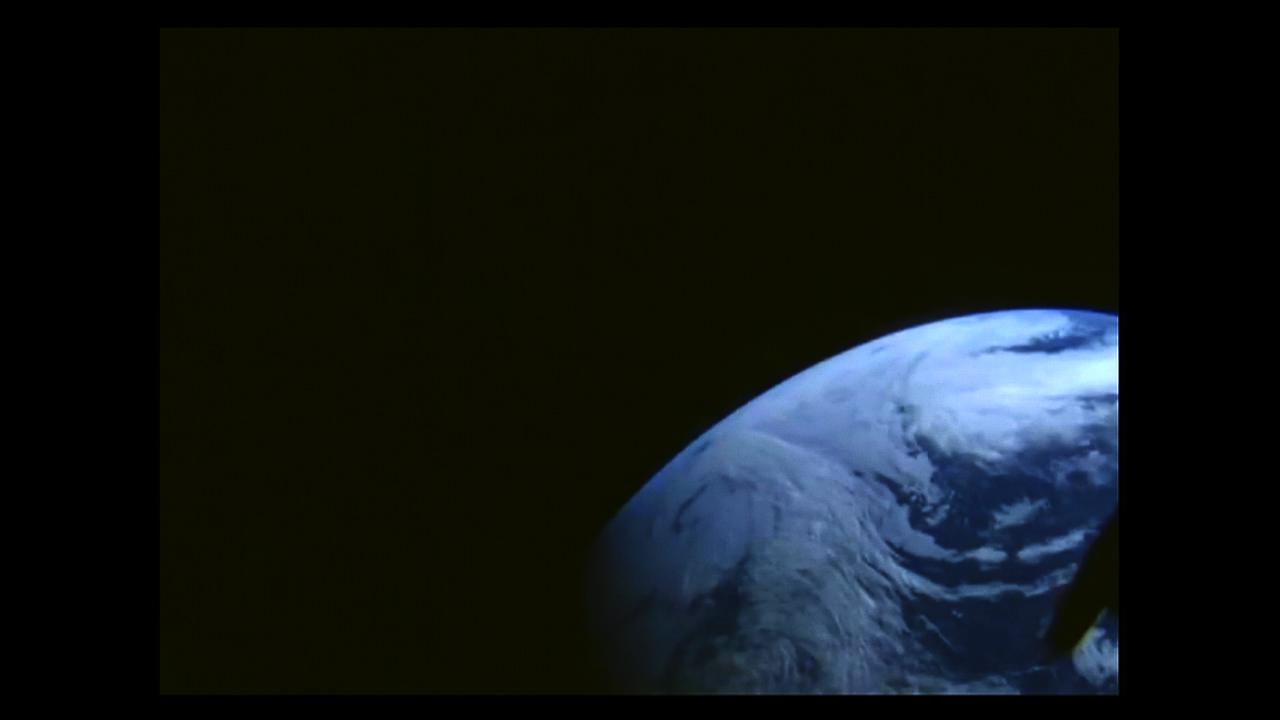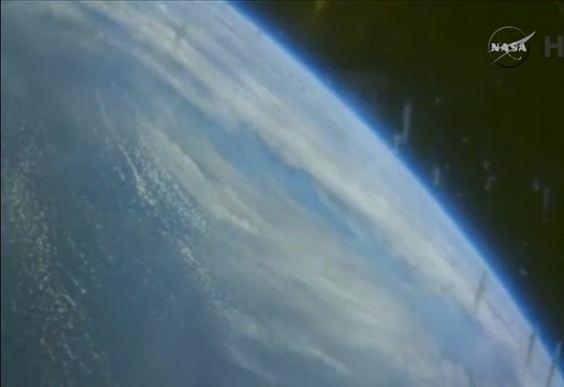Orion took off and went 3,600 miles up and orbited twice and came back, dropping into the Pacific 600 miles off the coast of California. It sent some snaps.

Here’s Earth as seen from #Orion during its flight out to a peak altitude of 3,600 miles away from the planet.
There’s also a very cool (very meta) snap of the ISS crew watching the launch.

A snap on the way back down:


Yay. Humans do something good!
I wonder if I’m too old to get on that mission to Mars.
Sorry to tell you, it’s likely no Orion will ever get to Mars.
The next test flight isn’t scheduled until 2018 at the earliest, the first crewed flight test in earth orbit until 2021, and there is no funding for the next step after that, which would be a lunar orbit or possible near-earth asteroid rendezvous.
It’s unlikely that funding will be increased enough to perform the latter – and NASA admits that Mars, not only being decades away, would also require NASA funding to be increased several orders or magnitude and kept there for years.
$60 billion. Which, given the accuracy of cost estimates in the past (see Shuttle) would more likely be something approaching at least half a trillion.
Given that NASA priorities and funding change every time congress or a Presidential administration does… well, just don’t hold your breath.
Apollo was an anomaly.
A common meme is “If we can put a man on the moon or a rover on Mars, why can’t we….” It occurred to me that while space is very hard indeed, in the end it’s just physics and engineering. Fixing society is orders of magnitude harder, because the “hardware” is human beings. We’re a funny species.
Yeah, I’m not seeing us (or anyone) sending humans to Mars. The money needed would be just off the charts off the charts – so off the charts it’s off the charts. The fallout from climate change is going to be that all by itself – if humans survive it in enough numbers to still have technology and social arrangements.